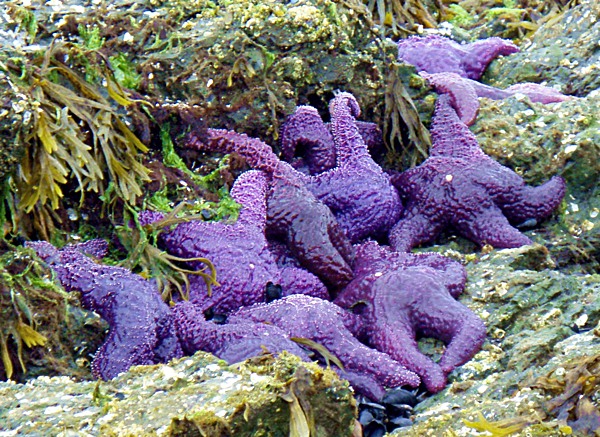Readercon is coming up in a couple of weeks, once more at Burlington Marriott, in Burlington MA, just north of Boston. This year, I’ll be there for Friday as well, although the epic journey from downtown Boston to Burlington after the Express bus has stopped running means that I’ll miss most of the Thursday evening programming. The menu is once more full of meat and potatoes as well as spicy crunchy bits not served elsewhere. The full schedule is here, and my part of it is . . .
Friday July 13
11:00 AM G Subversion Through Friendliness Glenn Grant, Victoria Janssen (leader), Toni L.P. Kelner, Alison Sinclair, Ruth Sternglantz
In a 2011 review of Vonda N. McIntyre’s classic Dreamsnake, Ursula K. Le Guin quotes Moe Bowstern’s slogan “Subversion Through Friendliness” and adds, “Subversion through terror, shock, pain is easy—instant gratification, as it were. Subversion through friendliness is paradoxical, slow-acting, and durable. And sneaky.” Is subversion through friendliness a viable strategy for writers who desire to challenge norms? What are its defining characteristics? When do readers love it, and when does it backfire?
6:00 PM ME Podcasting for the Speculative Fiction Author; Or, Will the Revolution Be Recorded? Mike Allen, C.S.E. Cooney, Jim Freund, Alexander Jablokov, Alison Sinclair, Gregory Wilson (leader)
Building on last year’s talk at Readercon about promotion for the speculative fiction author and drawing from an upcoming SFWA Bulletin article, Gregory A. Wilson and discussants will focus on the pros and pitfalls of podcasting for fantasy and science fiction authors, looking at some examples of successful podcasts in the field, different types for different purposes, and the basics of getting started with podcasting.
Saturday July 14
7:00 PM ME Kurzweil and Chopra, Ghosts in the Same Shell Athena Andreadis (leader), John Edward Lawson, Anil Menon, Luc Reid, Alison Sinclair
Transhumanism (TH) has been a prominent strain in contemporary SF; cyberpunk is in many ways the fiction arm of the movement. Athena Andreadis and discussants will explore core concepts of TH (longevity, uploading, reproductive alternatives, optimization projects from genome to organism), investigate which are strictly in science fiction versus science territory, and examine the larger outcomes of these tropes within the genre as well as in First Life, aka the real world.
Sunday July 15
10:00 AM G Making Science Sound Like Science Jeff Hecht, Katherine MacLean, Eric Schaller, Alison Sinclair, Allen Steele, Eric M. Van (leader)
The science fantasy of the 20th century tried to make the magical and impossible sound scientific and plausible. Thanks in part to that legacy and in part to the increasing complexity of scientific discoveries and developments, when we write about 21st-century science in ways that are meant to sound scientific and plausible, it often comes across as magical and impossible. How can we make quantum entanglement feel at least as real as the ansible? What can we learn from science fantasy about imbuing writing with not just truth but truthiness?
12:00 PM G Paranormal Plagues John Benson, Richard Bowes, Alaya Dawn Johnson, James D. Macdonald (leader), Alison Sinclair
Some paranormal novels portray vampirism, lycanthropy, and even zombification as infectious diseases that work in ways directly opposite to real-world diseases, such as making the infected person physically stronger and longer-lived. The idea of a disease we can choose to have and choose to share is also compelling. Yet these paranormal diseases are rarely explored in comparison to real-world ones (other than in the innumerable vampires-and-AIDS stories of the 1990s). Is disease just a narrative convenience, or does it relate to real-world medical issues such as the (overhyped) evolution of multiple-drug-resistant bacteria and the persistent incurability of illnesses like HIV, cancer, and influenza that we were supposed to have beaten by now?
1:00 PM G Mapping the Parallels Greer Gilman, Walter Hunt (leader), Alison Sinclair, Howard Waldrop, Jo Walton
Stories of parallel worlds are often actually stories of divergent worlds. As such, they contain implicit ideas about how and why divergences can happen: questions of free will and personal choice, theories of history, and speculation about the core constants of the universe. The range of divergences, and the reasons behind them, also serve as at least a partial map of the kinds of possibilities considered worth telling stories about. With this in mind, let’s talk about what has been done, or could be, with the idea of parallel worlds in fiction—both classic and contemporary examples in SF&F, women’s fiction, MG/YA, and more. How do the differences in usage of the trope—such as the scope of divergence (personal vs. societal vs. scientific, human-centric vs. extra-human), the degree to which the causes of divergence are explained, and the ability to travel between divergent worlds—play out across parallel and divergent world stories? How do they express ideas about what is possible?
. . . And I am resolved to know my customs allowance to the nearest cent, this trip! Unlike last.
